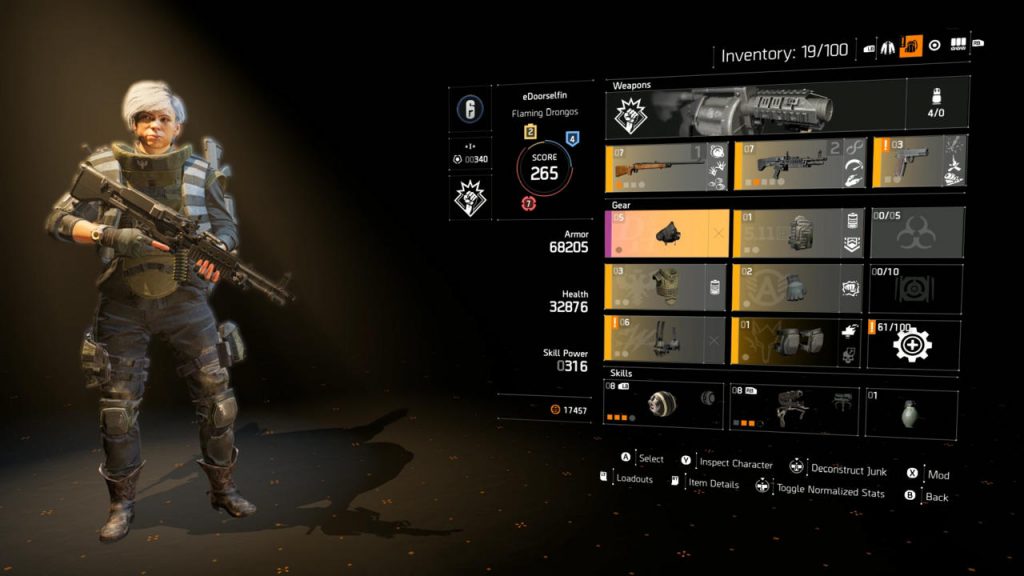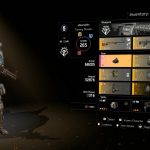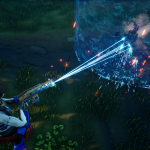Tom Clancy’s The Division 2 Review In Progress. I don’t know why I’m in Washington DC; some lady just told me to be here. But there are civilians in distress, armed gangs roaming the streets, and me, my pals, and the second amendment are apparently the only ones who can actually do anything about it. I have no idea what, if anything, is going on with the bigwigs I met in the White House. But so long as I’m helping folks, sending relatively bad people to bed, walking the pretty streets, and picking up a new pair of gloves every so often, I’m very happy to hang around. You can play games free on bgames now.
In the world of Tom Clancy’s The Division 2, the USA has been ravaged by a virus and society has crumbled. While those who remain try to survive by banding together in groups of various dispositions, the Strategic Homeland Division activates highly specialized sleeper agents to try and restore order. It’s a setting ripe in potential, perhaps to tell a ripping techno-thriller story that scrutinizes the structures of our modern society and government, or perhaps to make a video game that leverages the chaos that occurs when multiple idealistic groups clash in a vie for power in a lawless city. The Division 2 only does one of these things.
It’s not the story. Throughout the entirety of The Division 2’s main campaign, never did the game spend a satisfactory amount of time on any semblance of an overarching plot, or the predicaments of its supposedly important figures. There are no character arcs, only abrupt setups and consequences. Narrative devices, like audio logs found in the world, add nothing of consequence. Even the game’s biggest macguffins–the President of the United States and his briefcase containing a cure for the virus–have a minimal amount of absolutely forgettable screen time. The opportunity to use The Division 2 to create meaningful fiction is wasted.
Instead, The Division 2 focuses its narrative chops into worldbuilding. The city, a ravaged Washington DC, initially feels a little homogenous in the way most Western cities do. But after some time, the personality of the different districts–the buildings, the landmarks, the natural spaces, and the ways they’ve been repurposed or affected by the cataclysm–begins to shine through. It’s this strength of environment which lays a very strong foundation for The Division 2 as a video game, creating an engrossing, believable, and contiguous open world.
Moving from your safehouse to the open world and your next mission area is almost entirely seamless. It’s something that was also true of the original Division, but that doesn’t take away from the fact that the simple act of going from place to place in The Division 2 is one of the game’s more rewarding aspects. One road may lead to a skirmish with a rival patrol or an optional activity, another might simply give you another stirring scene of urban decay in the morning sun. An obscured shortcut through an apartment block might turn up some useful items in an abandoned home, which you might decide to donate to the makeshift settlements where civilians have attempted to rebuild their lives.

Visiting those settlements–initially as hovels, before they gradually grow and become more charming, vibrant places thanks to your efforts in the world–becomes a strong motivator in the absence of a plot to chase. Outside main missions, which are dedicated to the weakening of rival factions and achieving indiscriminate objectives, the game’s “Projects” are one of the most lucrative means of earning experience to better your character. Projects ask you to donate resources you find out in the world and participate in side activities, encouraging you to spend more time in the world, see new areas, fight new battles, search for new equipment to use, and find enjoyment in that. The Division 2 is, after all, a game devoted to providing you with a continuous stream of gripping conflicts, valuable rewards, and a perpetual sense of progress and satisfaction from doing these things. It does those things very well.
You spend a lot of time hunkered behind cover, popping out to fire at any enemy dumb enough to expose themselves. With the large amount of weapon variety available, this familiar facet of combat is solid in itself. Add to that the ability to equip two special abilities from a possible eight–which include tools such as riot shields, drones, and from what I can gather, robot bees of some sort–and combat gets pretty interesting. But the vector that really keeps The Division 2’s combat lively for upwards of 30 hours is the behavior and diversity of its enemy types.
That time you spend in cover? The Division 2 doesn’t want you to just stay there. You can go down very quickly if you’re out in the open, but the game has a dozen ways to alway keep you taking those risks and finding better firing positions–aggressive melee units, remote control cars equipped with sawblades, even the regular assault units regularly attempt to outflank you. Those special abilities? You absolutely need to use them to their full potential to survive some encounters, whether by throwing out the seeker mines or the automated turret to keep enemies at bay while you focus on a priority target, or perhaps utilizing the chemical launcher to start a fire and create a zone of denial.
The effort needed to take out an adversary is relatively reasonable for a shooter that prioritizes the RPG nature of its combat model, but some of the tougher enemies have additional, visible layers of protection which you need to focus on breaking if you want to land critical hits. On the flip side, some enemies have additional, obtuse weak points which can work to your advantage, but only if you can hit them. The fuel tank on the back of a flamethrower unit might be feasible, but when you start running into the terrifying robotic quadruped in post-campaign activities, whose tiny weak point only reveals itself seconds before it fires its devastating railgun, you have to assess whether you can afford to take on that challenge among all the other things pressuring you. The Division 2 throws a lot of hurdles at you, but also gives you the means to quickly counter and resolve them. Whether you can juggle that many balls at once is what keeps combat tense and exciting.
What’s also exciting is the treasure at the end of these gauntlets. These Washington locations, refashioned into memorable combat arenas, are often rewarding in their own right (a fight in a planetarium is an early standout). But improving your equipment is the vital, tangible part that keeps you feeling like you’re making progress. You receive new gear in generous amounts, some dropped by an enemy or looted from a container found in the world, others rewarded for completing a mission, and the next dose always feels in reach. The weapon variety forces you to consider something completely different to take advantage of a power boost, and the armor variety provides an impressive number of different cosmetic looks. The Division 2 incorporates a microtransaction and loot box system for its inconsequential clothing options, though these can be found in the world and earned of your own accord, too.





